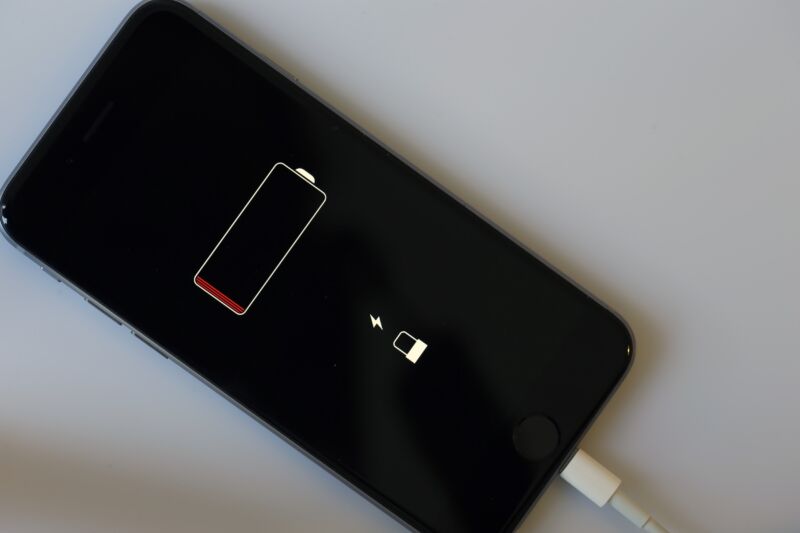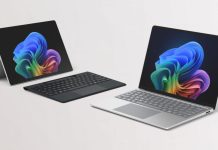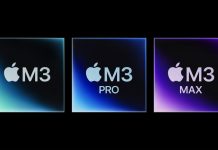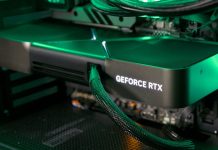Users had to submit claims by October 2020; finally got paid in January 2024.

US-based iPhone users are finally getting long-awaited payments to compensate them for Apple’s decision to throttle the performance of iPhones with degraded batteries.
Apple agreed to settle with iPhone users in March 2020, but class-action lawsuits and settlements often take years to be resolved and paid out. This case took a few years because the settlement’s court approval was temporarily vacated on appeal but later reinstated.
The settlement was for a minimum of $310 million and a maximum of $500 million, including attorney’s fees of $80.6 million and the costs of distributing the settlement fund. Apple agreed to provide $25 payments to affected users for each eligible iPhone, though that amount could have increased or decreased based on the number of approved claims.
It seems the standard payment increased, as various people reported getting $92.17 payments this past weekend. I was one of the people who received an email notice stating I was eligible for the settlement about 3.5 years ago, and I submitted a claim on July 24, 2020. I received a $92.17 deposit to my bank account on Saturday that was labeled “IN RE APPLE INC Payouts.”
iPhone owners were required to submit their claims by October 6, 2020. The payments were for US-based owners of an iPhone 6, 6 Plus, 6s, 6s Plus, 7, 7 Plus, or SE who “experienced diminished performance” on their devices while running affected versions of iOS before December 21, 2017.Advertisement
Why it took over three years
As the most recent update on the settlement website notes, the US Court of Appeals for the 9th Circuit “has dismissed the last remaining appeal in the In re Apple Inc. Device Performance Litigation, and the Effective Date of the Settlement, as described in the Settlement Agreement, occurred on November 6, 2023.” Payments were scheduled for January 2024 based on the timeline that was set forth in the settlement.
So what happened in the three-plus years since Apple agreed to the settlement? Here’s a summary.
After all iPhone owners’ claims were submitted in 2020, the US District Court for the Northern District of California heard arguments on the named plaintiffs’ motion for final approval of the settlement. The district court judge granted that “final” approval in March 2021.
Several parties objected to the settlement, requiring the 9th Circuit appeals court to hear challenges. One appellant, called Best Companies, Inc., claimed that the district court provided inadequate notice of the settlement to “nonnatural persons” such as private companies. Best Companies is an Oklahoma-based construction company that said it bought at least 10 iPhones subject to the settlement for its employees.
The construction company’s objections were rejected by the 9th Circuit in its October 2022 order. A panel of judges agreed with the district court that “the free media coverage and individual notice to device users was more than adequate to reach nonnatural persons.”
The October 2022 ruling also handled an appeal filed by several individuals who objected to the settlement. They didn’t succeed in changing the settlement in any significant way, but their appeal forced the district court to fix problems in its original order.
Court cited wrong legal standard
The individual objectors argued that the settlement shouldn’t have been limited to the subset of iPhone owners who could attest that “they experienced” the alleged defects. The appeals court rejected that argument, finding that the attestation requirement agreed upon by Apple and the plaintiffs was a reasonable compromise.
But the appellants convinced the appeals judges that the district court erred in other ways, forcing the lower court to try again. The appellants argued that the district court improperly applied “a presumption of reasonableness” to the settlement instead of using “heightened scrutiny.”
“Because the district court applied the wrong legal standard when reviewing the settlement’s fairness, we vacate the orders granting final settlement approval and awarding fees, expenses, and incentive awards, and we remand for application of the correct standard,” the appeals court ruling said.
Despite that, appeals court judges said the analysis performed by the district court seemed to be thorough enough to meet the heightened scrutiny standard. Unfortunately, “the district court cited the wrong legal standard.”
“Here, while the district court’s probing analysis suggests that it may have applied heightened scrutiny, its written order relied on a flawed legal standard,” the appeals court said.
Appellants also objected to the size of attorney’s fees, accusing the district court of abusing its discretion by awarding attorney’s fees based in part on the hours that counsel spent on parallel litigation in a California state court. The appeals court expressed no opinion on whether including that work was reasonable but said it agreed with objectors that the district court’s explanation for considering the related work “conflicted with the court’s overall rationale for its fee award.”Advertisement
District court re-approves settlement
Ultimately, the appeals lengthened the process without changing the core terms of the settlement. The district court complied with the appeals court instructions in a February 2023 order that provided additional explanations for the attorney’s fees while maintaining the original amount of $80.6 million.
The district court also found that the settlement terms were fair under the required standard of heightened scrutiny. The appeal was voluntarily dismissed by plaintiffs, and the case was closed in August 2023.
Apple admitted slowing down iPhones with degraded batteries in December 2017, after iPhone users conducted tests suggesting the phones throttled performance to preserve battery life or to avoid unexpected shutdowns. Apple explained at the time that “lithium-ion batteries become less capable of supplying peak current demands when in cold conditions, have a low battery charge, or as they age over time, which can result in the device unexpectedly shutting down to protect its electronic components.” For that reason, Apple said it released a feature for older iPhones “to smooth out the instantaneous peaks only when needed to prevent the device from unexpectedly shutting down during these conditions.”
The class-action lawsuit alleged that Apple made “materially false statements and omissions concerning the iOS software.” As is typical in settlements, Apple didn’t admit any wrongdoing. Apple is still fighting a similar lawsuit in the United Kingdom, as a BBC article noted today.
Meanwhile, US-based Apple customers who bought MacBooks with defective “butterfly” keyboards between 2015 and 2019 will be getting payments from a $50 million settlement fund. MacBook buyers had to make their claims by March 6, 2023, and it is not yet known when the payments will be distributed. “The claims review and validation process is ongoing,” the MacBook Keyboard Litigation Settlement website says.




